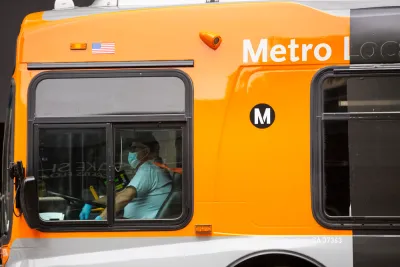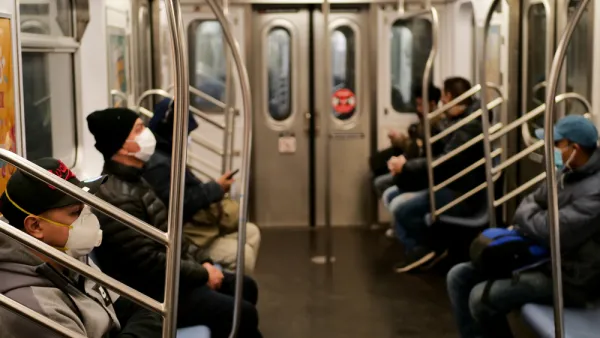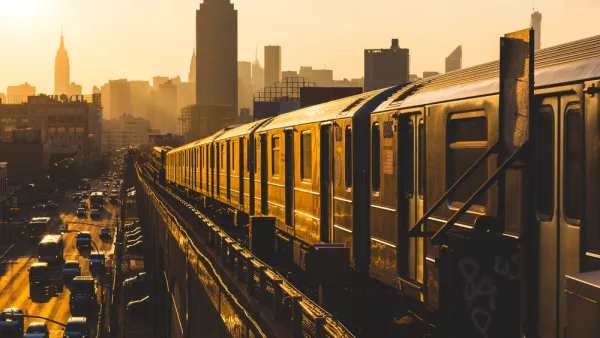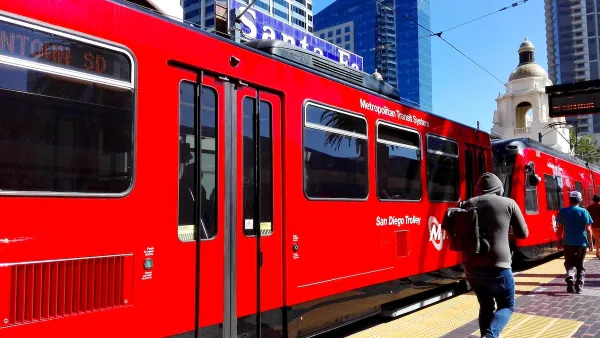Bus systems all over the country are cutting service due to an ongoing shortage of operators—the drivers who make the whole system go. A few examples of success provide a way forward.

The shortage of bus drivers around the country reached crisis proportions long ago. Cities everywhere are cutting service for lack of drivers, including Seattle in March, Portland in June, and Milwaukee in October. A March 2022 survey by the American Public Transportation Association found that nine out of ten transit agencies are having trouble hiring bus operators. Another 71 percent of transit agencies are cutting or delaying service due to ongoing operator shortages.
According to an article published by TransitCenter, two transit agencies, the New York Metropolitan Transit Authority and the San Diego Metropolitan Transit Authority (MTS), are outperforming their peers when it comes to hiring and retaining operators. Interviews with Craig Cipriano, chief operating officer of New York City Transit, and Sharon Cooney, CEO of MTS, provide insight into how their agencies have been able to maintain their workforces.
The article cites competitive wages as a primary driver, especially in New York City. San Diego has offered $5,000 signing bonuses and removed human resources backlogs to make it easier to get people on the job. The MTA has increased training and licensing capacity to keep a steady flow of new recruits behind the wheel. San Diego reports various stages of development on new parking and childcare facilities to help younger people and mothers, especially, navigate the non-standard work hours of drivers.
A primary concern of both agencies is the safety and health of operators. While the risks of Covid-19 for drivers have lessened since early 2020, operators have been sounding alarms about an increasing number of assaults. Protective barriers, extra conflict resolution training, and improved communications are touted as safety measures already in place in New York.
FULL STORY: How to Maintain a Frontline Workforce in 2022

Analysis: Cybertruck Fatality Rate Far Exceeds That of Ford Pinto
The Tesla Cybertruck was recalled seven times last year.

National Parks Layoffs Will Cause Communities to Lose Billions
Thousands of essential park workers were laid off this week, just before the busy spring break season.

Retro-silient?: America’s First “Eco-burb,” The Woodlands Turns 50
A master-planned community north of Houston offers lessons on green infrastructure and resilient design, but falls short of its founder’s lofty affordability and walkability goals.

Test News Post 1
This is a summary

Analysis: Cybertruck Fatality Rate Far Exceeds That of Ford Pinto
The Tesla Cybertruck was recalled seven times last year.

Test News Headline 46
Test for the image on the front page.
Urban Design for Planners 1: Software Tools
This six-course series explores essential urban design concepts using open source software and equips planners with the tools they need to participate fully in the urban design process.
Planning for Universal Design
Learn the tools for implementing Universal Design in planning regulations.
EMC Planning Group, Inc.
Planetizen
Planetizen
Mpact (formerly Rail~Volution)
Great Falls Development Authority, Inc.
HUDs Office of Policy Development and Research
NYU Wagner Graduate School of Public Service




























